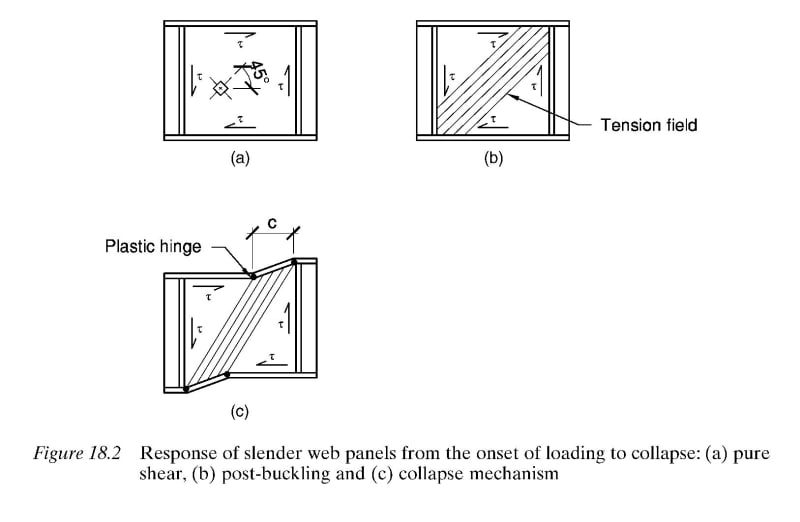mohamed abdel aziz
Structural
- Nov 13, 2023
- 11
hello everyone,
in EN1993-1-1 6.2.6 Shear there is a requirement to check shear buckling as per 1995-1-1 section 5
as follows

my understanding is this requirement is applicable in case of a beam reseted on a post for example as this is where shear buckling might occur but not for clip angle shear connection for example or end plate connection
can someone confirm if I am right?
thanks in advance
in EN1993-1-1 6.2.6 Shear there is a requirement to check shear buckling as per 1995-1-1 section 5
as follows

my understanding is this requirement is applicable in case of a beam reseted on a post for example as this is where shear buckling might occur but not for clip angle shear connection for example or end plate connection
can someone confirm if I am right?
thanks in advance



